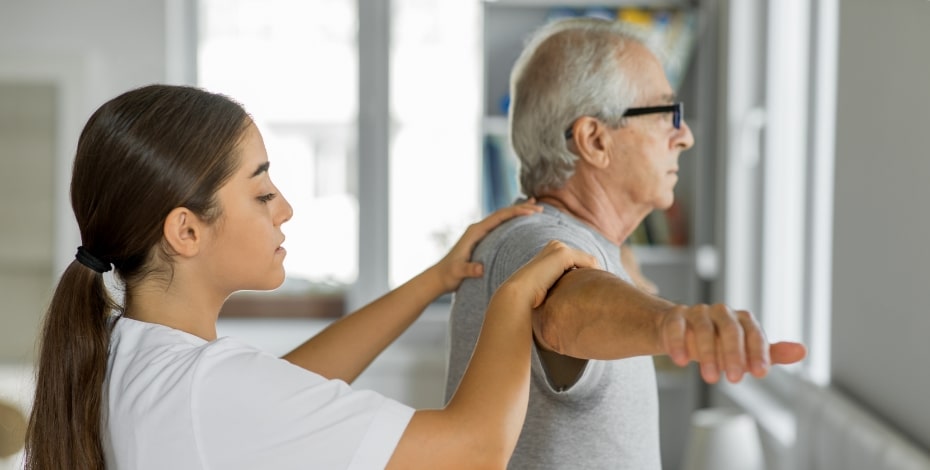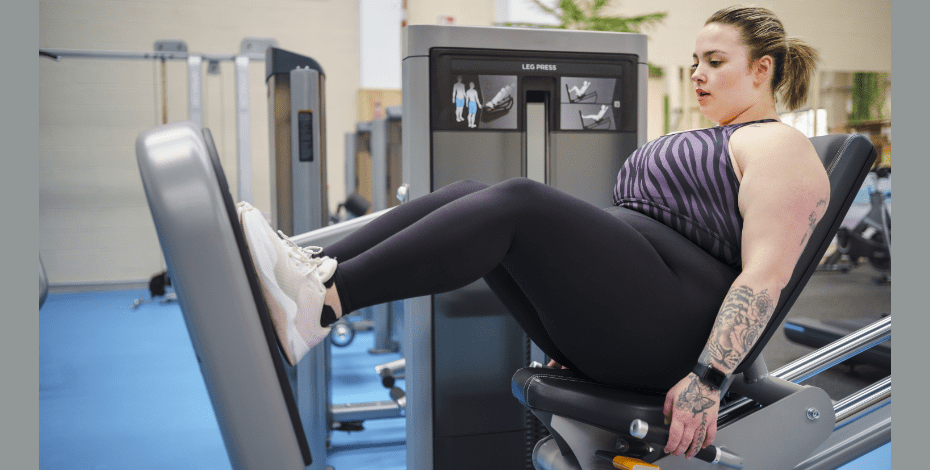
APA research shows Australian awareness of physiotherapy is high

The results are in from the APA’s annual brand tracking research, which surveyed 2000 people on their awareness and perceptions of physiotherapy in Australia.
Australians are more familiar with physiotherapy than with other allied health treatments
While 97 per cent of respondents claimed to have heard of physiotherapy, 88 per cent reported they had a good idea of what physiotherapy involves.
These findings of physiotherapy familiarity and experience are consistent with those reported in previous surveys.
Australians perceive physiotherapy to be professional and to provide personally tailored treatment
Consistent with previous research, Australians’ strongest associations with physiotherapy are that it is professional (72 per cent associated physiotherapy very or extremely strongly with this attribute) and that it provides personally tailored treatment (70 per cent), involves patients in their care (66 per cent), has highly qualified practitioners (66 per cent) and treats a wide range of conditions (65 per cent).
In comparison to other allied health treatments, respondents experienced with physiotherapy rated it more strongly as treating a wide range of conditions and being professional, trustworthy, evidence-based, respected by GPs and able to achieve the desired results than those with experience of other treatment types rated those disciplines.
Where physiotherapy suffers in comparison to other disciplines is in its perceived innovation and its ability to be delivered effectively via telehealth.
Most Australians would recommend physiotherapy treatment to others
Overall, 45 per cent of respondents said they would be very or extremely likely to recommend physiotherapy treatment to a family member, friend or colleague, up from 36 per cent in September 2017.
Only 11 per cent said they would be not at all likely to recommend physiotherapy.
Unsurprisingly, those with physiotherapy experience were significantly more likely than those without experience to recommend the treatment to others (58 per cent versus 28 per cent very or extremely likely to recommend physiotherapy to others).
Consistent with previous research, women were significantly more likely than men to recommend physiotherapy treatment to others.
Despite being the group with more experience with physiotherapists, on average those aged 50-plus years were significantly less likely than their younger counterparts to recommend the treatment to another person (many of these older Australians indicated that they simply do not recommend anything to others as a general principle).
About half of Australians are likely to visit a physiotherapist in the next 12 months
More than half of the respondents (56 per cent) with physiotherapy experience said that their last visit was within the past year, with one in five (22 per cent) respondents reporting that their last visit was within the past three months.
When asked if the pandemic and its restrictions had impacted their ability to see a physiotherapist in recent months, a large majority of respondents (75 per cent) said they had not been impacted at all.
The likelihood of visiting a physiotherapist in the future appears largely unaffected by the pandemic, with 15 per cent indicating a likelihood to visit in the next six months (consistent since October 2019) and 19 per cent likely to visit over the coming 12 months (consistent with November 2020).
Overall, 56 per cent said they were at least somewhat likely to see a physiotherapist in the next year, rising to 71 per cent among those with past physiotherapy experience.
Although most were not impacted by their inability to see a physiotherapist, the restrictions have been challenging for some
For those unable to see a physiotherapist as often as normal or at all due to the COVID-19 pandemic, the most common barriers included not feeling comfortable with leaving home/risking infection (33 per cent), and not having an issue classified as essential care (32 per cent).
Although a quarter of respondents claimed they were not affected by the lack of access, over a third reported experiencing greater pain/discomfort, having increased issues with mobility or some other negative impact during this time.
© Copyright 2024 by Australian Physiotherapy Association. All rights reserved.






